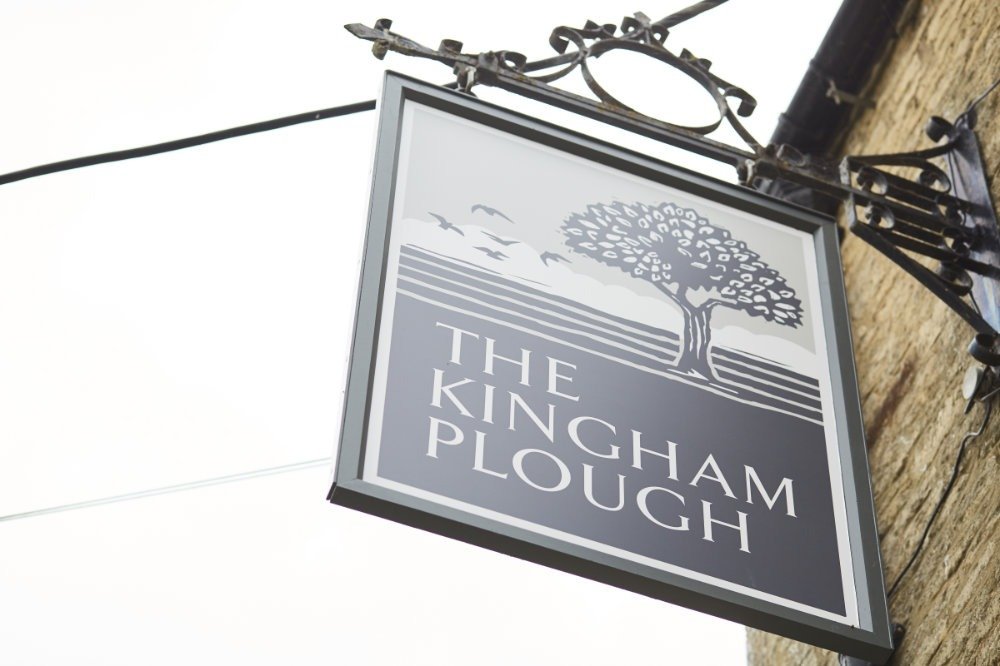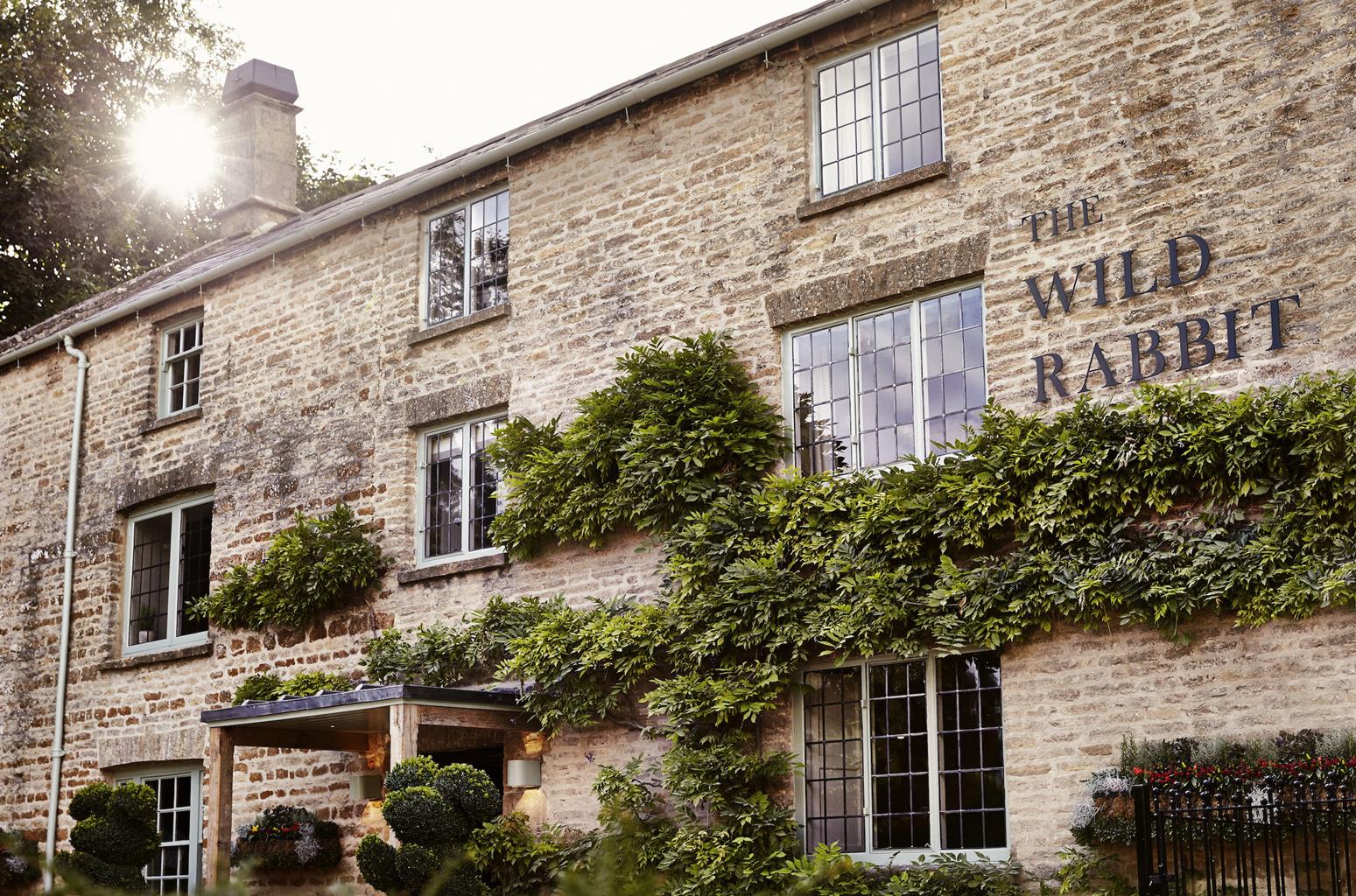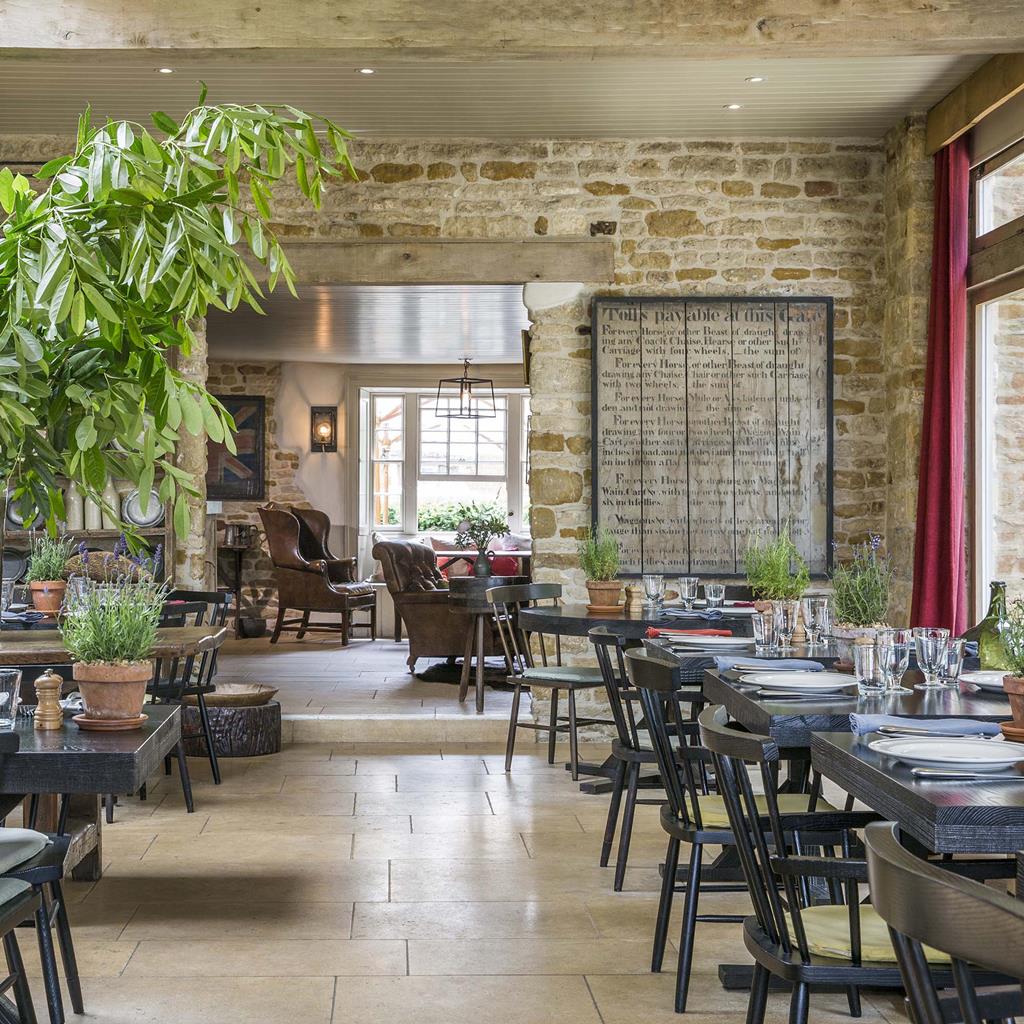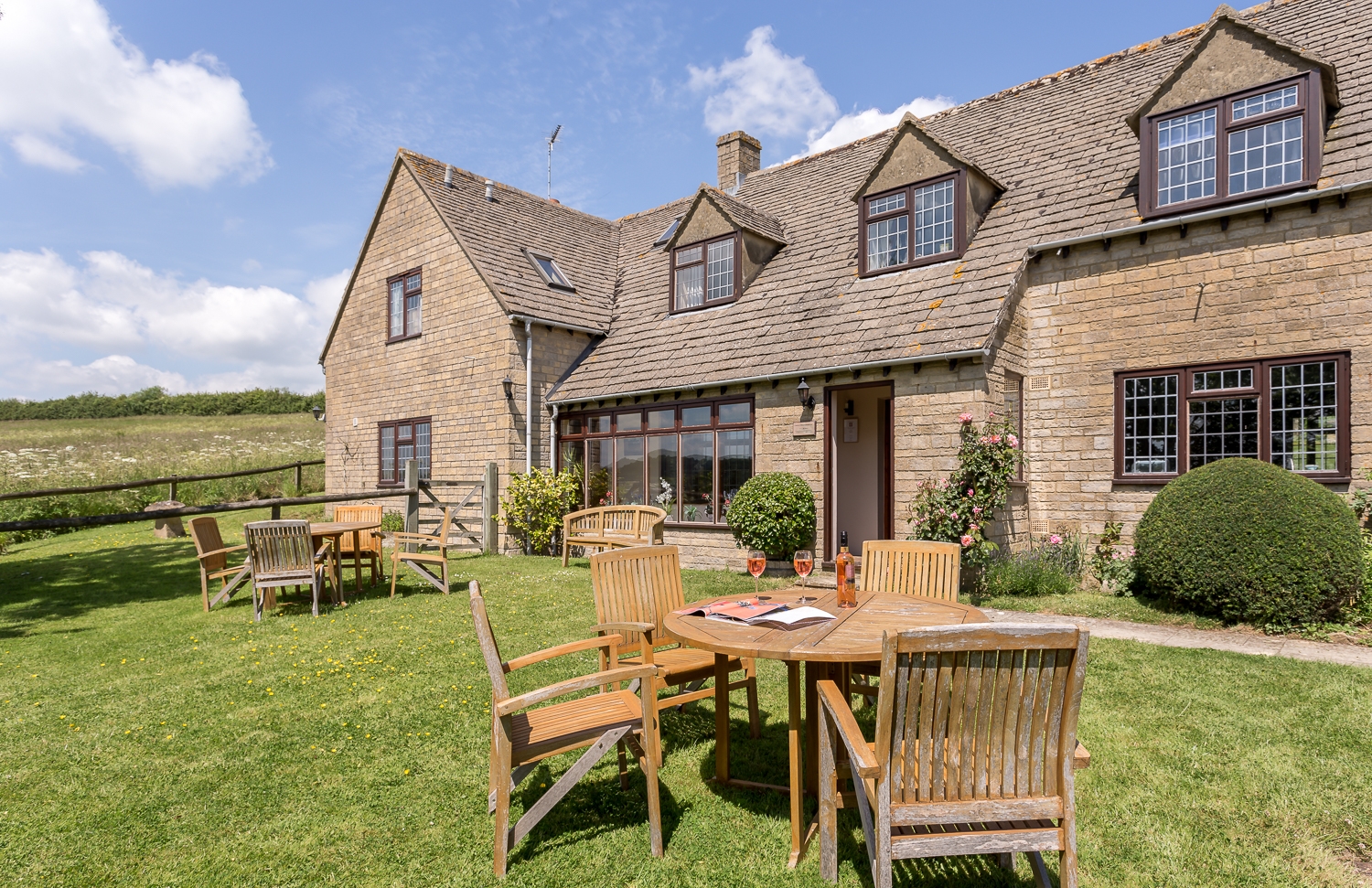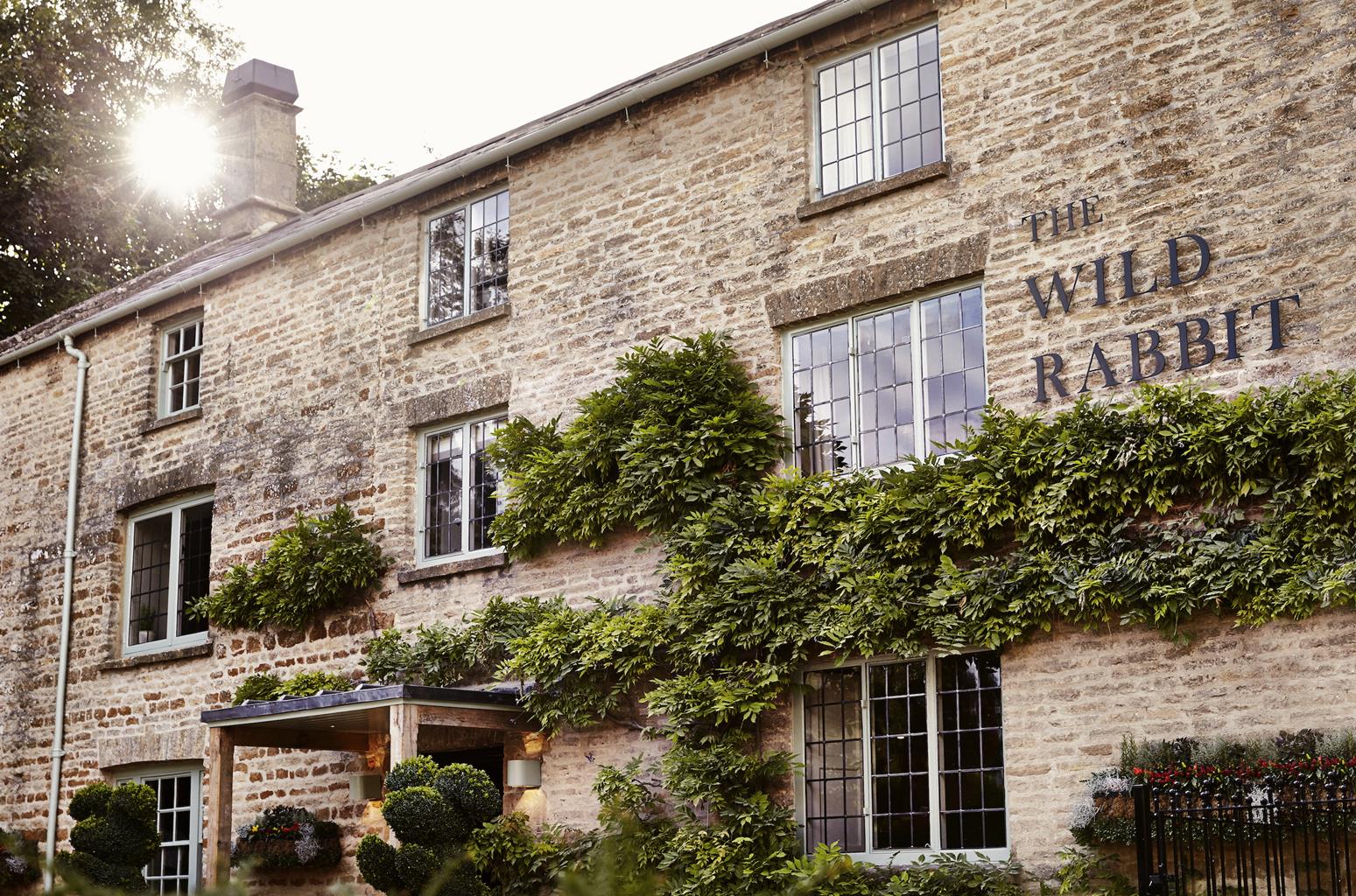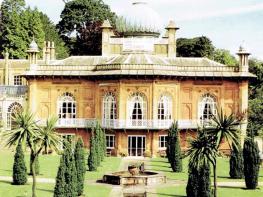The Fox at Oddington is a delightful country inn that combines tradition with modern comforts.…
Adlestrop to Chastleton House

From a timeless village to an age-old house.
4 miles (6.4kms)
About the walk
The walk starts in the sleepy village of Adlestrop. It was not always so quiet, for trains used to stop here. The poet Edward Thomas (1878–1917) wrote a wistful verse in which he recalled stopping here unexpectedly on the express train, apparently in the middle of nowhere, and listening to the birdsong.
Set in deep, lush countryside, Adlestrop still feels well off the beaten track. Its houses are a pleasing harmony of old and new, stone roofs alternating with thatch, and cottage gardens to die for.
One of the finest Jacobean mansions in England, Chastleton House stands on the hillside above its village, aloof and self-contained with a magical stillness about it. It was built between 1603 and 1618 by a local wool merchant, Walter Jones, on land purchased from Robert Catesby, who was one of the Gunpowder plotters.
Its handsome grey stone frontage, with its tall windows and symmetrical gables and staircase towers, is seen clearly from the road. Chastleton is no grand showplace and, since its acquisition in 1991, the National Trust has been careful to conserve it in its peaceful, time-worn perfection, rather than attempt to restore it to some former glory.
There is a panelled hall and an ornate great chamber; a vast long gallery on the top floor, with a plastered ceiling, looks out over the gardens. Much of the furniture is original, and chambers are richly furnished with embroideries, quilts and tapestries. Chastleton may have led a quiet life, but hardly a dull one. A secret room above the parlour was used to hide a fugitive in the Civil War. Walter’s grandson, Arthur was a Royalist, and had fought for the King – and lost – at the Battle of Worcester in 1651. He fled to Chastleton and was forced into the hiding place when a party of soldiers arrived. Arthur’s wife, Sarah, was obliged to put them up for the night. This resourceful woman laced their ale with laudanum and, while his pursuers snored, Arthur fled. He returned at the Restoration and planted an oak to celebrate his narrow escape.
The formal gardens at Chastleton are contemporary with the house and largely retain the Jacobean layout. It is sometimes claimed that croquet was invented here. The game had been around for centuries, but was introduced to England in 1852. The rules of the game were set out for the first time here in 1865, and you can still enjoy a game on the lawns between April and September.
Walk directions
From the car park turn left onto the road and left again up a broad track signposted ‘Macmillan Way’, passing stables. Climb a stile by a gate and enter a meadow. Go diagonally left up through the wide field, with Fern Farm over to your right. Cross a stile in the top left corner and continue up the fence. Cross a stile to your left and continue up the same line, passing a bulging oak tree on your right. Cross another stile and continue straight ahead and up the field.
Go through a kissing gate and walk up through the line of trees. Continue straight across the next field. Go over the crest of the hill and through an iron gate, into the Chastleton Estate. Continue straight ahead up an avenue of trees. Go through two gates to reach the road.
Turn right and walk along the road, passing Chastleton House on your left, then St Mary’s Church. Pass the arcaded dovecote on the right. Stay on the road, which bends up right, and pass a car park on your right.
Where the road bends sharply right, turn left into a private road. Cross a cattle grid and immediately turn right. Go through a gate and take the bridleway diagonally left up the field, parallel with the road. On a level with Barrow House farm, go through a small gate, cross the drive and take the left of two gates opposite. Go through two more gates to enter the tree circle of Chastleton Barrow.
When you have seen this Iron Age barrow, retrace your route to the drive and turn left. At the road, cross over and go through the gate opposite. Bear left through the trees and follow the path, which leads diagonally right across the field, with views to Stow-on-the-Wold. Keep straight on down, passing some barns to your left. Cross a track and walk ahead down the edge of woodland. At the bottom corner, bear right into the woods. Follow the winding path through a gap and emerge at a field.
Turn left along the track. Ignore the first turning in the woodland corner and continue around the field edge until you reach a gateway into the Long Drive. Follow this path through the trees and emerge via a stile onto the road. Cross over, go through a gateway on the other side and soon turn right along a narrow footpath. Follow this through the trees; bear right, cross a stile and turn left along the road. Take the first turning left and walk through Adlestrop village, keeping right, to return to the car park and the start of the walk.
Additional information
Meadows, lanes, woodland, several stiles
Low rolling hills north of Chipping Norton
Some road walking; dogs not permitted in Chastleton House
OS Explorer OL45 The Cotswolds
Village Hall car park in Adlestrop
None on route
WALKING IN SAFETY
Read our tips to look after yourself and the environment when following this walk.
Find out more
Also in the area
About the area
Discover Gloucestershire
Gloucestershire is home to a variety of landscapes. The Cotswolds, a region of gentle hills, valleys and gem-like villages, roll through the county. To their west is the Severn Plain, watered by Britain’s longest river, and characterised by orchards and farms marked out by hedgerows that blaze with mayflower in the spring, and beyond the Severn are the Forest of Dean and the Wye Valley.
Throughout the county you are never far away from the past. Neolithic burial chambers are widespread, and so too are the remains of Roman villas, many of which retain the fine mosaic work produced by Cirencester workshops. There are several examples of Saxon building, while in the Stroud valleys abandoned mills and canals are the mark left by the Industrial Revolution. Gloucestershire has always been known for its abbeys, but most of them have disappeared or lie in ruins. However, few counties can equal the churches that remain here. These are many and diverse, from the ‘wool’ churches in Chipping Campden and Northleach, to the cathedral at Gloucester, the abbey church at Tewkesbury or remote St Mary’s, standing alone near Dymock.
Nearby stays
Restaurants and Pubs
Nearby experiences
Recommended things to do
Why choose Rated Trips?
Your trusted guide to rated places across the UK
The best coverage
Discover more than 15,000 professionally rated places to stay, eat and visit from across the UK and Ireland.
Quality assured
Choose a place to stay safe in the knowledge that it has been expertly assessed by trained assessors.
Plan your next trip
Search by location or the type of place you're visiting to find your next ideal holiday experience.
Travel inspiration
Read our articles, city guides and recommended things to do for inspiration. We're here to help you explore the UK.


